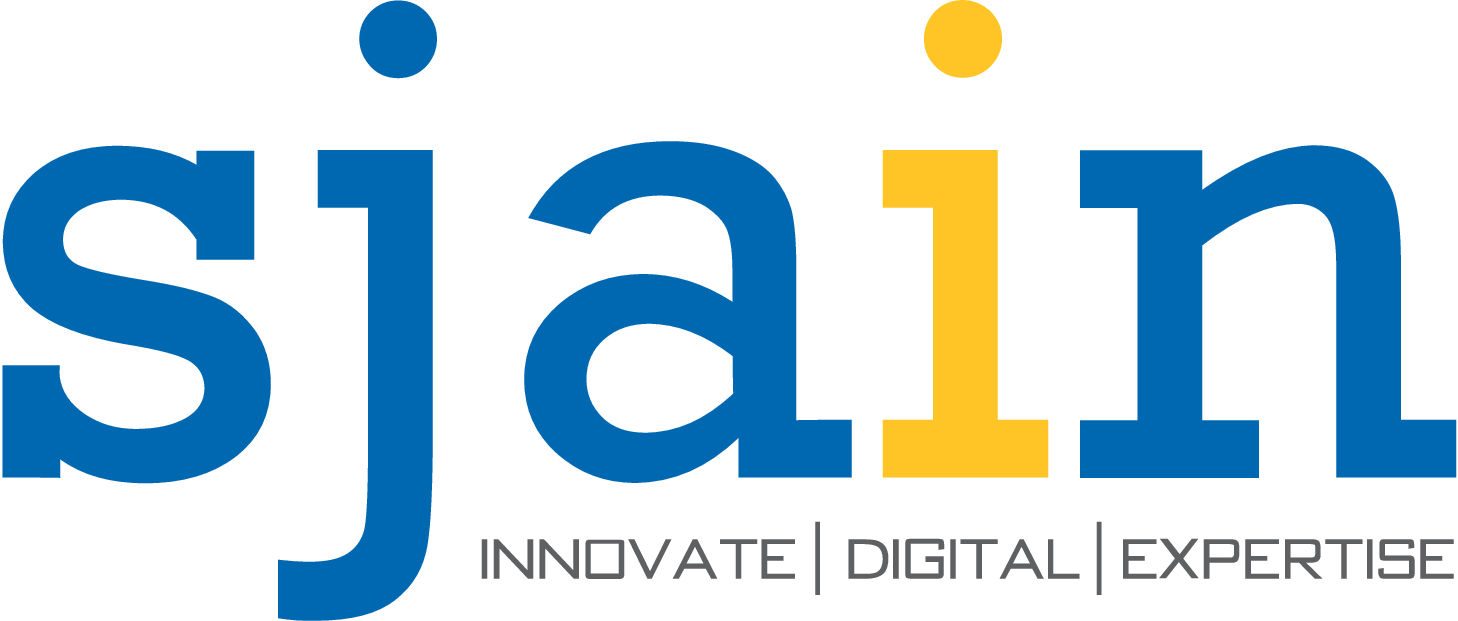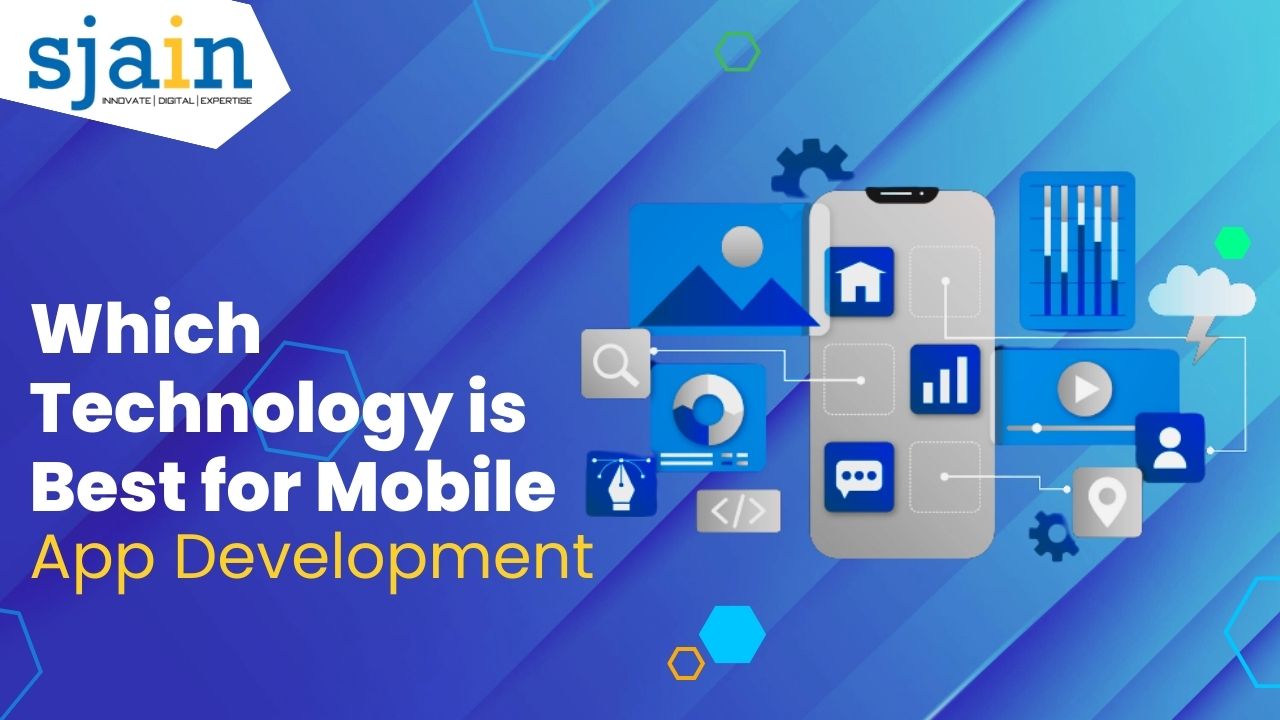Which Technology is Best for Mobile App Development
In today’s fast-paced digital landscape, mobile apps have become integral to our lives. Whether it’s for shopping, entertainment, or productivity, mobile apps cater to a wide range of user needs. However, when it comes to mobile app development, one crucial decision must be made early on in selecting the right technology stack.
The choice of technology can significantly impact the success and scalability of your mobile app. In this comprehensive guide, we will explore various mobile app development technologies, including native, cross-platform, and progressive web apps (PWAs), to help you make an informed decision.
Native App Development
What is Native App Development?
Native app development involves creating mobile applications specifically for a particular platform, such as iOS or Android. Developers use platform-specific programming languages and tools, like Swift or Objective-C for iOS and Java or Kotlin for Android.
Pros of Native App Development
- Performance: Native apps offer the best performance as they are optimized for the specific platform’s hardware and software, resulting in smooth and responsive user experiences.
- Access to Device Features: Native apps have direct access to device features and APIs, allowing developers to create feature-rich applications, such as utilizing the camera, GPS, and sensors.
- User Experience: Native apps provide a seamless and consistent user experience, adhering to platform-specific design guidelines, which enhances user satisfaction.
- App Store Support: Native apps can be published on app stores like the Apple App Store and Google Play Store, making them easily discoverable by users.
Cons of Native App Development
- Development Time: Developing separate codebases for iOS and Android can be time-consuming and costly, as it requires two different development teams or significant cross-training for developers.
- Cost: Native app development tends to be more expensive due to the need for platform-specific expertise and development efforts.
- Maintenance: Maintenance can be challenging, as updates and bug fixes must be implemented separately for each platform.
Cross-Platform App Development
What is Cross-Platform App Development?
Cross-platform app development allows developers to write a single codebase that can run on multiple platforms, such as iOS and Android. Popular cross-platform frameworks include React Native, Flutter, and Xamarin.
Pros of Cross-Platform App Development
- Code Reusability: Cross-platform development reduces development time and costs by enabling code reuse across different platforms.
- Wide Reach: Apps can reach a broader audience since they are available on both iOS and Android platforms with a single codebase.
- Faster Development: Cross-platform development frameworks offer hot-reloading features, enabling rapid development and testing.
- Community and Support: Popular cross-platform frameworks have active communities, providing support, libraries, and plugins for various functionalities.
Cons of Cross-Platform App Development
- Performance: While performance has improved over the years, cross-platform apps may still not match the native app’s performance, especially for graphics-intensive applications.
- Limited Access to Device Features: Cross-platform apps might have limitations in accessing certain device features, as they rely on plugins or native modules.
- Platform-Specific Adjustments: Some platform-specific adjustments may still be necessary for optimizing the user experience on each platform.
Progressive Web Apps (PWAs)
What are Progressive Web Apps?
Progressive Web Apps (PWAs) are web applications that offer a mobile app-like experience through a web browser. PWAs use web technologies like HTML, CSS, and JavaScript and can be accessed through URLs.
Pros of Progressive Web Apps
- Cross-Platform Compatibility: PWAs work on various platforms, including mobile devices, tablets, and desktops, without platform-specific development.
- Cost-Effective: Developing PWAs is often more cost-effective than native app development, as they use web technologies and share a single codebase.
- No App Store Approval: PWAs do not require App Store approval, making it easier to distribute and update apps.
- Improved SEO: PWAs can be indexed by search engines, enhancing discoverability.
Cons of Progressive Web Apps
- Limited Access to Device Features: While PWAs can access some device features, they are restricted compared to native apps.
- Offline Functionality: While PWAs can work offline to some extent, they may not offer the same level of functionality as native apps in offline mode.
- Performance: PWAs may not match the performance of native apps, particularly for complex and resource-intensive applications.
Choosing the Right Technology
Now that we’ve explored the key technologies for mobile app development, let’s discuss how to choose the right one for your project. Your decision should be based on various factors, including:
1. Project Requirements
Consider the specific needs of your project. If you require high performance and access to extensive device features, native development might be the best choice. However, if you need to develop quickly and on a limited budget, cross-platform or PWAs may be more suitable.
2. Budget Constraints
Evaluate your budget carefully. Native app development tends to be more expensive due to the need for platform-specific expertise, while cross-platform and PWAs can be more cost-effective.
3. Time Constraints
If you have a tight timeline, cross-platform development or PWA might allow for quicker development and deployment, as you can use a single codebase for multiple platforms.
4. User Experience
Consider the importance of user experience. Native apps generally offer the best user experience, adhering to platform-specific design guidelines. Cross-platform and PWAs may require more effort to achieve a similar level of polish.
5. Long-Term Strategy
Think about your long-term strategy. If you plan to expand your app to multiple platforms in the future, cross-platform development, or PWAs, might provide more flexibility and cost savings.
Conclusion
Choosing the right technology for mobile app development is a critical decision that can impact your project’s success. Native, cross-platform, and PWAs each have their advantages and disadvantages, so it’s essential to assess your project’s specific needs and constraints before making a choice. By carefully considering factors like project requirements, budget, timeline, user experience, and long-term strategy, you can make an informed decision that aligns with your goals and ensures a successful mobile app development journey.

